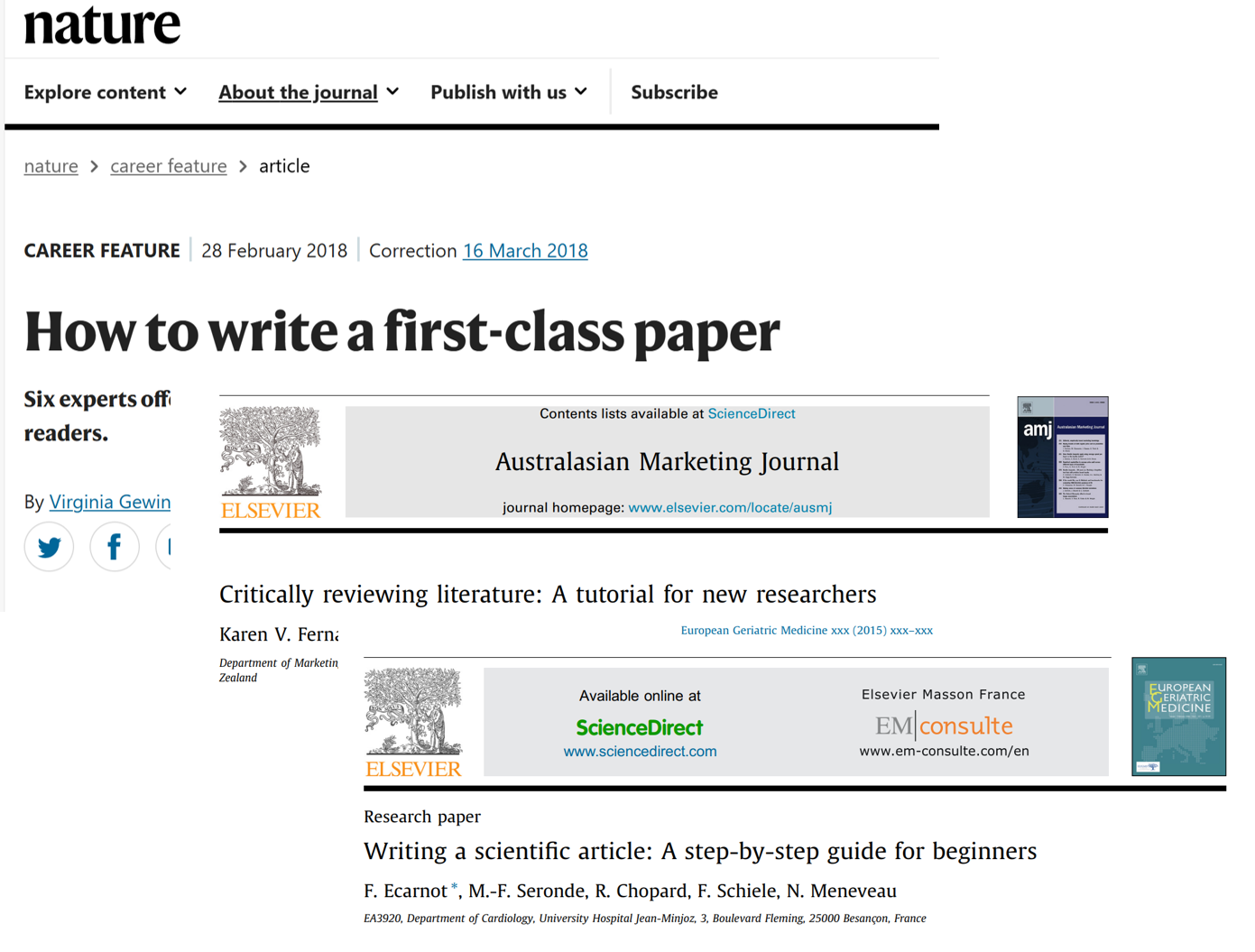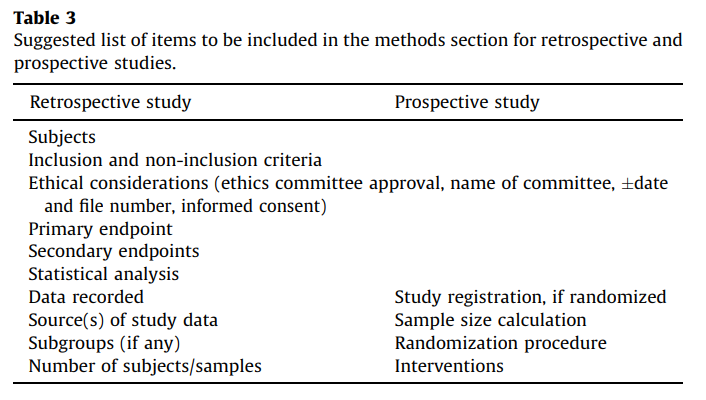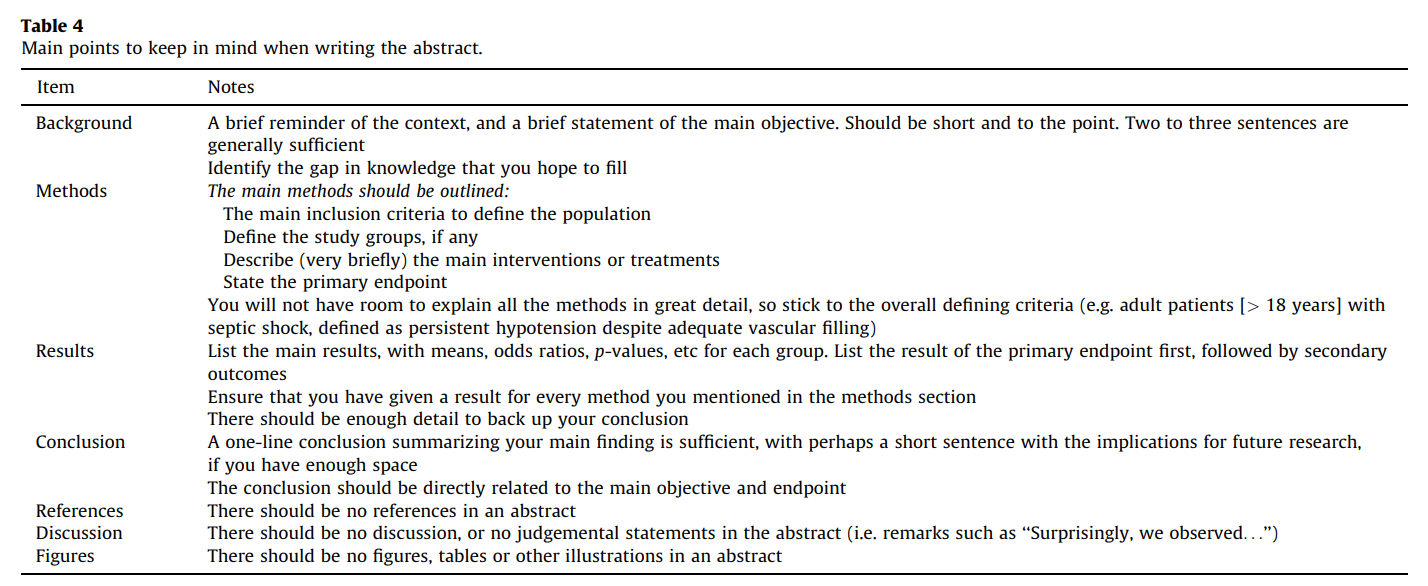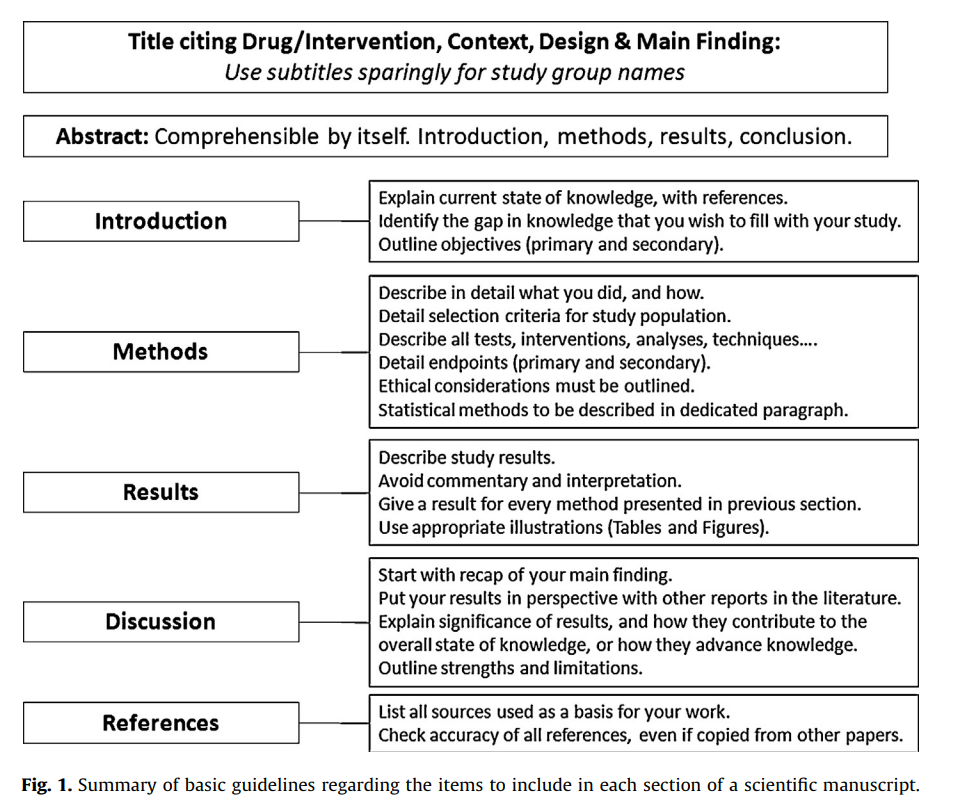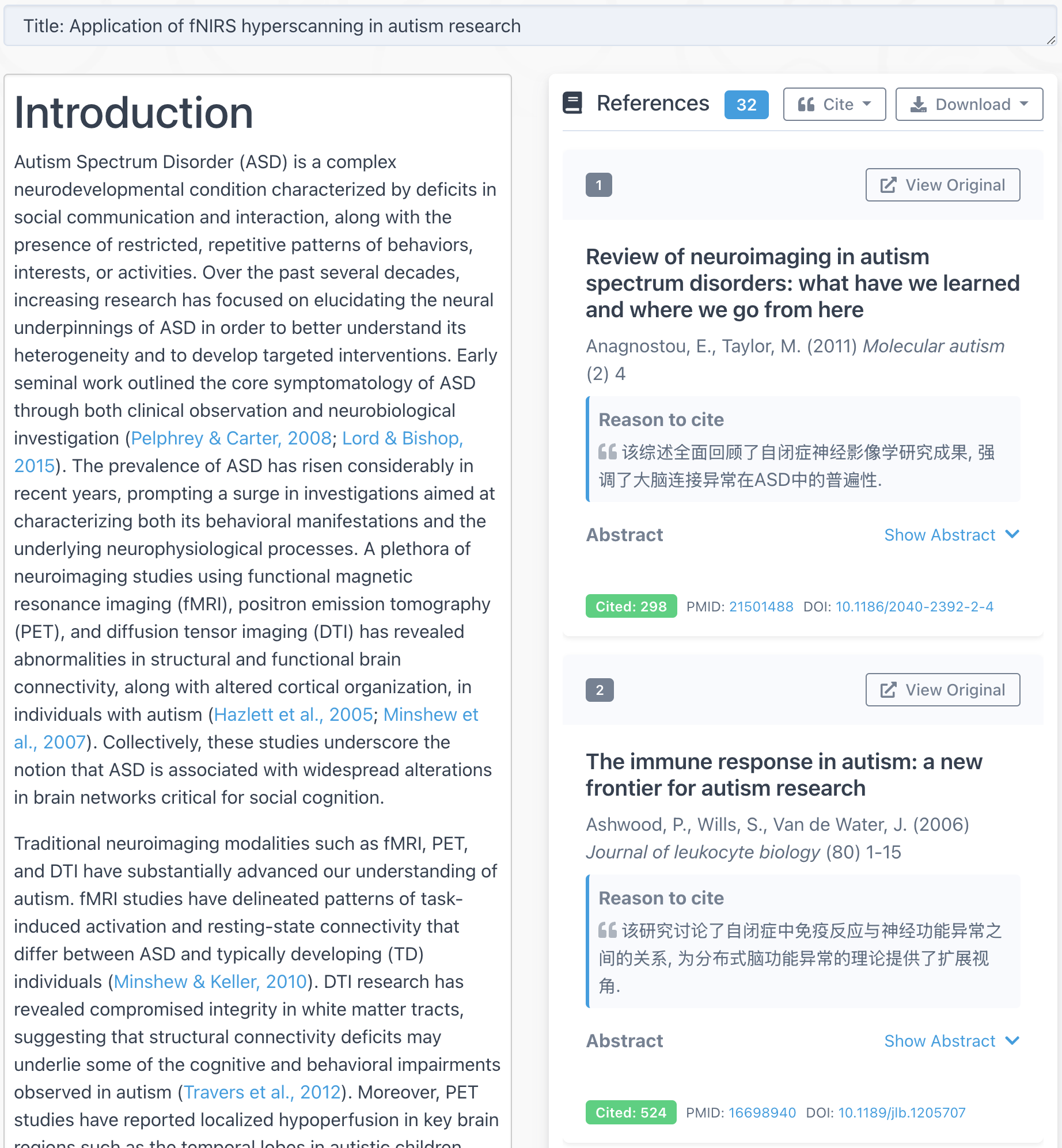
TL; DR
Scientific writing is about telling a clear, logical story. Start by reviewing the literature, defining your research question, and picking a target journal. Follow the IMRAD structure: Introduction, Methods, Results, and Discussion. Use clear, vivid language and avoid "zombie nouns".
Every researcher has been faced a blank page at some stage of their career, wondering where to start and what to write first. Describing research work in a format that is comprehensible to others, and acceptable for publication is no easy task.
The good news is that writing a strong scientific paper follows a clear roadmap. Here, we combine wisdom from Nature and other top publications to explain the most important parts of a paper and how to write them.
1 Getting started: things to do before you write a word
Before you start writing your article, it is important to do some preparatory work. Firstly, when designing your research, you should read and review the literature in that field. A literature review should involve critical analysis to help you accomplish the following tasks:
-
Demonstrating knowledge of prior work
-
Identifying research gaps
-
Forming specific research questions
-
Positing the new research
-
Contributing to theory development
It is helpful to take notes of important points or phrases that you intend to include in your article, with the relevant references.
Additionally, you should identify the target journal in which you intend to submit your research. This decision will impact the formatting and the direction of your writing style.
2 Paper structure: the golden format of 'IMRAD'
The vast majority of scientific journals follow the so-called 'IMRAD' format, i.e. introduction, methods, results and discussion. Added to this will be the abstract and the title. At the end, there must be a list of bibliographic references, the tables, and the legends to any figures. Finally, there may also be some other optional sections, such as acknowledgements, conflicts of interest or authors' contributions.
(1) Introduction
In this section, you will explain why you undertook your study, what you aimed to achieve with it, and how this constitutes a useful addition to the existing body of evidence on this topic. It is helpful to choose one formulation for your objective, and use the same one throughout the whole paper.
In the absence of any explicit recommendations, it is considered that the introduction should be around one to one and a half pages. Pointers for the tense to use in the introduction are given below:
(2) Methods
The objective of the methods section is to describe exactly what you did, and how, in sufficient detail such that any average reader with the same resources at their disposal would be able to reproduce your study.
Concretely, you must specify the study design, subjects, and the methods for data collection and analysis. A statement regarding ethical approval and informed consent is mandatory. The statistical analysis must be described in detail, including the software used, the level of significance, and the specific analytical methods employed.
(3) Results
The aim of the results section is to describe what you observed, without commentary or discussion. It is best practice to present the results in the same order as the analyses were introduced in the Methods section. For each analysis, report the corresponding test statistic (e.g., t, F, χ²), degrees of freedom (if applicable), p-value, and effect size (e.g., Cohen's d, η², Cramér's V).
If certain results are already clearly presented in a table or figure, they should not be redundantly described in the text.
(4) Discussion
The discussion should start with a brief recap of the main findings of your study, preferably using the same formulation as that used for the primary objective. Building upon this, the results must be interpreted within the context of existing literature, proposing plausible mechanisms or theoretical explanations for the observations.
Simultaneously, the discussion should frankly acknowledge the study's limitations and use them as a basis to suggest promising avenues for future research.
Finally, it is crucial to emphasize the novel contributions of the present findings, underscoring their significance for theoretical development.
(5) Title and Abstract
The title and abstract are placed first but should be written last. They must precisely encapsulate the essence of the complete paper.
Articles with clear, succinct, declarative titles are more likely to get picked up by social media or the popular press.
Here is a basic guidelines of the article structure:
3 Engaging contents: turning your paper into a compelling story
Scientific writing requires both clear structure and a compelling narrative. Even the best discovery may be overlooked if reviewers and readers cannot engage with the story.
(1) State your case with confidence
Clarity is the sole obligation of the science writer. There is a German concept known as the 'red thread', which is the straight line that the audience follows from the introduction to the conclusion. Writing that sounds defensive, with too many caveats and long lists will obscure your 'red thread'.
(2) Keep your message clear
A clear message in scientific writing is essential to avoid misinterpretations; this becomes even more important when the work comes from a multidisciplinary group of authors.
Key information belongs in the main text, while supplementary data should be separated to avoid distraction.
(3) Beware the curse of 'zombie nouns'
We should engage readers' emotions and avoid formal, impersonal 'zombie nouns' like 'implementation' and 'application'.
'Zombie nouns': The implementation of the method was carried out in our lab.
Vivid language: We implemented the method in our lab.
Summary
Scientific writing should be factual, concise and evidence-based, but that doesn't mean it can't also be creative. The next time you're faced with a blank page, take a moment to ask yourself: What is the central question I want to answer? What are my key findings? And am I ready to tell a clear, coherent, and compelling story?
If you've thought through these points, then even if your first paragraph feels clumsy, you've already taken the most important step toward writing a strong scientific paper.

